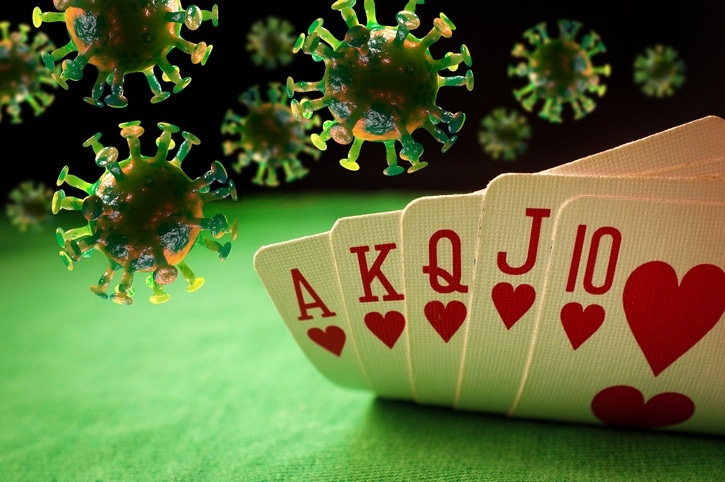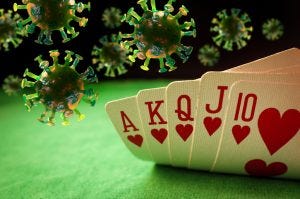Content Spotlight
Podcast: MilliporeSigma says education vital to creating unbreakable chain for sustainability
MilliporeSigma discusses the importance of people, education, and the benefits of embracing discomfort to bolster sustainability efforts.

Tried and tested technologies, a single-dose regimen, and a simple cold-chain infrastructure place Johnson & Johnson’s potential COVID-19 vaccine at an advantage over the current approved offerings.
Johnson & Johnson (J&J) has said it plans to present results of its COVID-19 candidate JNJ-78436735, also known as Ad26.COV2-S, recombinant, in the next few days.
“Being in the final stages of a robust 45,000-person study, analytics will be completed, and we plan to report out the results by early next week,” CFO Joe Walk said on an investor call Tuesday.

Image: iStock/EzumeImages
Further details were not divulged at the fear of speculation, though he added once the data is available, the firm can look to obtain regulatory authorization and finalize agreements to supply over the coming weeks.
J&J hopes to be the fourth COVID vaccine to roll out across Western markets, after Pfizer/BioNTech, Moderna, and AstraZeneca’s efforts were given the regulatory thumbs up over the past six weeks.
Experts expect the vaccine to show efficacy of J&J’s vaccine at, or above, 80%. Though it will likely fall short of the 95% efficacy rates seen by Pfizer and Moderna’s mRNA efforts, it is most likely that only one dose will be needed, giving it advantage over the others which all require at least one follow up jab.
“The unrivalled single dose 80% efficacy of Johnson & Johnson vaccine gives them a significant market advantage,” says Jeylan Mammadova, global sector lead for healthcare at Third Bridge, a research business servicing financial firms.
“Even if Johnson & Johnson ends up requiring secondary dosing, they may still retain an advantage over Pfizer and Moderna,” she continues. “This is because Pfizer and Moderna may have to convert to a three-dose regimen, in order to tackle the new strain and enhance durability.”
Furthermore, “it is easier to bring to market and it doesn’t require the ultracold chain logistics of rival jabs.” Pfizer’s vaccine, for example, needs to be stored at below 80 degrees Celsius (-112 degrees Fahrenheit). J&J has demonstrated 2 to 8 degrees Celsius stability data on its vaccine, making it compatible with standard vaccine distribution channels.
Another factor J&J’s vaccine is based on Janssen’s AdVac viral vector and PER.C6 cell line technology, both tried and tested technologies, compared to, say, messenger RNA.
Speaking last April, CSO Paul Stoffels said based on the immune responses observed across its other programs, the viral vector platform has shown to induce potent and long lasting humoral and cellular immune responses in humans with a very low on the respiratory disease enhancement.
The PER.C6 cell line, meanwhile, “offers a high yielding vaccine manufacturing platform and is scalable and fully industrialized providing us the ability to make hundreds of millions of vaccines per year,” he said.
UPDATE: On Friday 29 January, J&J reported the vaccine showed an overall efficacy rate of 66% in a large study.
You May Also Like